Saginaw determining future of 100-year-old Water Treatment Plant – WNEM

Assessment of Saginaw’s Water Treatment Infrastructure and Alignment with Sustainable Development Goals
Project Overview and Core Challenge
The City of Saginaw is undertaking a critical infrastructure study to determine the future of its Water Treatment Plant (WTP). The current facility, nearing 100 years of operation, faces significant challenges as most of its equipment and piping have reached the end of their functional lifespan. This situation presents a direct challenge to ensuring long-term water security for the community, a core tenet of Sustainable Development Goal 6 (SDG 6): Clean Water and Sanitation, which seeks to ensure access to safe and affordable drinking water for all.
Strategic Options for Sustainable Infrastructure
In partnership with Fishbeck Engineering, the city is evaluating two primary pathways to modernize its water infrastructure, each aligning with key sustainable development principles. This initiative is a direct application of SDG 9: Industry, Innovation, and Infrastructure, which focuses on building resilient infrastructure and fostering innovation.
- Rehabilitation and Modernization: This option involves a major overhaul of the existing WTP, replacing outdated equipment and retrofitting the structure to meet modern efficiency and safety standards. This approach focuses on enhancing the sustainability and resilience of existing assets.
- New Plant Construction: This alternative involves constructing an entirely new, state-of-the-art facility at a different location. This would allow for the integration of the latest water treatment technologies, significantly improving operational efficiency and contributing to SDG 12: Responsible Consumption and Production through optimized resource management.
Commitment to Sustainable Communities and Partnerships
The project demonstrates a holistic approach to urban development. Should the study recommend the construction of a new plant, the city has committed to repurposing the existing WTP building for a new use that benefits the community. This forward-thinking plan directly supports SDG 11: Sustainable Cities and Communities by ensuring that urban infrastructure development is inclusive and contributes positively to public life.
The collaboration between the City of Saginaw and a specialized firm like Fishbeck Engineering exemplifies SDG 17: Partnerships for the Goals, highlighting the importance of public-private partnerships in achieving complex development objectives.
Public Engagement and Stakeholder Input
To ensure transparency and incorporate community perspectives, a public meeting has been scheduled. This forum is essential for stakeholder engagement, a critical component for the successful implementation of the Sustainable Development Goals.
- Purpose: To update the public on the study’s progress, receive community input, and address questions or concerns.
- Date: Friday, August 22
- Location: Anderson Enrichment Center, 120 Ezra Rust Drive, Saginaw
1. Which SDGs are addressed or connected to the issues highlighted in the article?
The article on Saginaw’s Water Treatment Plant (WTP) connects to several Sustainable Development Goals (SDGs) focused on essential services, infrastructure, and community development. The primary SDGs identified are:
- SDG 6: Clean Water and Sanitation
- SDG 9: Industry, Innovation and Infrastructure
- SDG 11: Sustainable Cities and Communities
2. What specific targets under those SDGs can be identified based on the article’s content?
Based on the plan to study and decide the future of the WTP, the following specific targets are relevant:
SDG 6: Clean Water and Sanitation
- Target 6.1: “By 2030, achieve universal and equitable access to safe and affordable drinking water for all.” The article directly addresses this by focusing on the city’s WTP, a critical facility for providing safe drinking water. The study’s purpose is to ensure the continued, reliable provision of this service, as the current plant is “almost 100 years old” and its equipment is “at the end of its useful life.”
SDG 9: Industry, Innovation and Infrastructure
- Target 9.1: “Develop quality, reliable, sustainable and resilient infrastructure… to support economic development and human well-being, with a focus on affordable and equitable access for all.” The article highlights the WTP as a “major piece of Saginaw’s infrastructure.” The study to either rehabilitate the old plant or build a new one is a direct effort to ensure the city has reliable and sustainable water infrastructure for the well-being of its community.
SDG 11: Sustainable Cities and Communities
- Target 11.3: “By 2030, enhance inclusive and sustainable urbanization and capacity for participatory, integrated and sustainable human settlement planning and management in all countries.” The city’s decision to hold a public meeting “to educate the public… receive public input, and hear questions or concerns” is a clear example of participatory planning for sustainable urban management.
- Target 11.a: “Support positive economic, social and environmental links between urban, peri-urban and rural areas by strengthening national and regional development planning.” The project is a form of regional development planning. The article notes that if a new plant is built, the existing building would be “reimagined with a new purpose that would benefit the community,” showing consideration for the social and environmental links within the city.
3. Are there any indicators mentioned or implied in the article that can be used to measure progress towards the identified targets?
The article implies several qualitative indicators that can be used to measure progress:
Indicators for SDG 6 & 9
- Condition of Water Infrastructure: The article provides a baseline indicator of poor infrastructure quality by stating the plant is “almost 100 years old” and “most of the equipment and piping is at the end of its useful life.” Progress would be measured by the successful rehabilitation or replacement of this infrastructure, leading to improved operational efficiency and water quality reliability.
- Implementation of an Infrastructure Plan: The study itself, conducted with “Fishbeck Engineering,” is an indicator of progress. The completion of the study and the subsequent decision to either “rehabilitate” or “build an entirely new plant” would be key milestones indicating progress toward Target 9.1.
Indicators for SDG 11
- Existence of Participatory Planning Structures: The public meeting scheduled for “Friday, Aug. 22” serves as a direct indicator for Target 11.3. It demonstrates a mechanism for civil society participation in urban planning. The amount and nature of the “public input” received could be a further qualitative measure.
- Adaptive Reuse of Urban Infrastructure: The plan to “reimagine” the existing plant building for a “new purpose that would benefit the community” is an indicator of sustainable urban planning (Target 11.a). The successful repurposing of the building would be the ultimate measure of progress for this specific goal.
4. Create a table with three columns titled ‘SDGs, Targets and Indicators” to present the findings from analyzing the article. In this table, list the Sustainable Development Goals (SDGs), their corresponding targets, and the specific indicators identified in the article.
| SDGs | Targets | Indicators |
|---|---|---|
| SDG 6: Clean Water and Sanitation | 6.1: Achieve universal and equitable access to safe and affordable drinking water for all. | The operational status and condition of the Water Treatment Plant. The article implies a negative indicator with the plant being “almost 100 years old.” |
| SDG 9: Industry, Innovation and Infrastructure | 9.1: Develop quality, reliable, sustainable and resilient infrastructure. | The state of the water infrastructure, with equipment being at the “end of its useful life.” The engineering study is a process indicator for developing a plan for resilient infrastructure. |
| SDG 11: Sustainable Cities and Communities | 11.3: Enhance inclusive and sustainable urbanization and capacity for participatory planning. | The holding of a public meeting to “receive public input, and hear questions or concerns,” which demonstrates a structure for direct citizen participation in urban planning. |
| SDG 11: Sustainable Cities and Communities | 11.a: Support positive economic, social and environmental links by strengthening development planning. | The plan to have the existing plant building “reimagined with a new purpose that would benefit the community,” indicating adaptive reuse in regional planning. |
Source: wnem.com

What is Your Reaction?
 Like
0
Like
0
 Dislike
0
Dislike
0
 Love
0
Love
0
 Funny
0
Funny
0
 Angry
0
Angry
0
 Sad
0
Sad
0
 Wow
0
Wow
0

























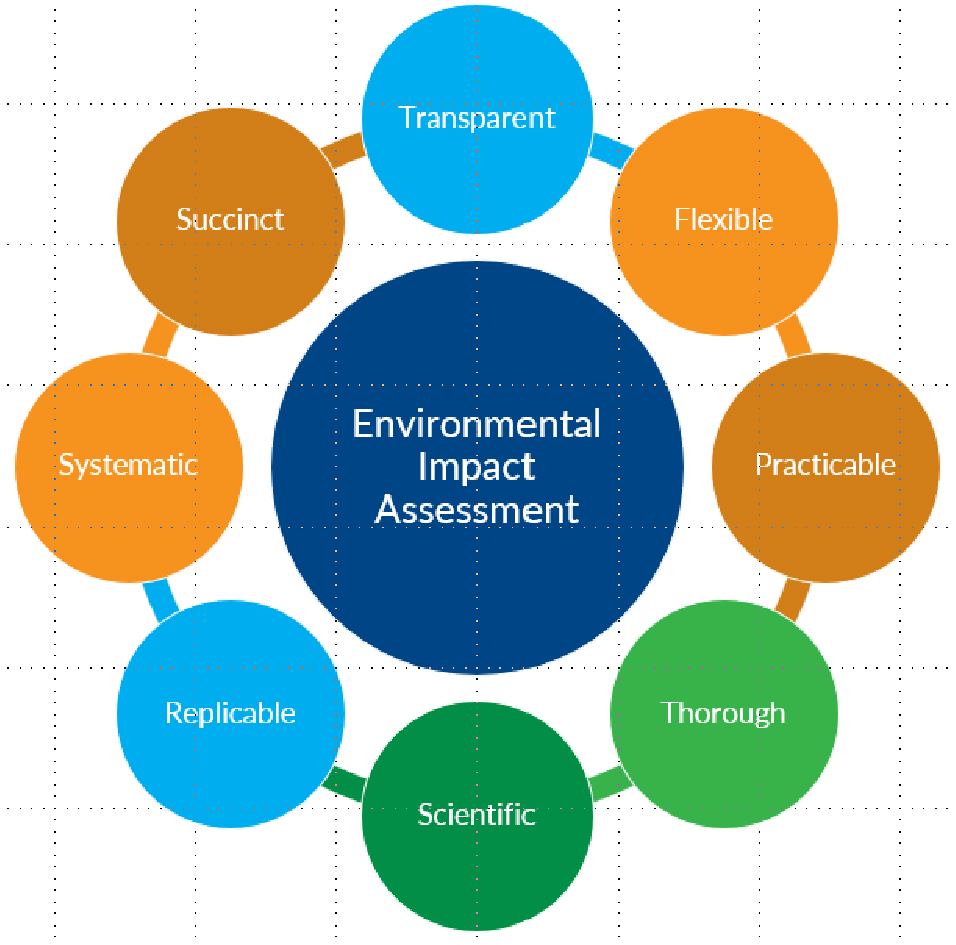








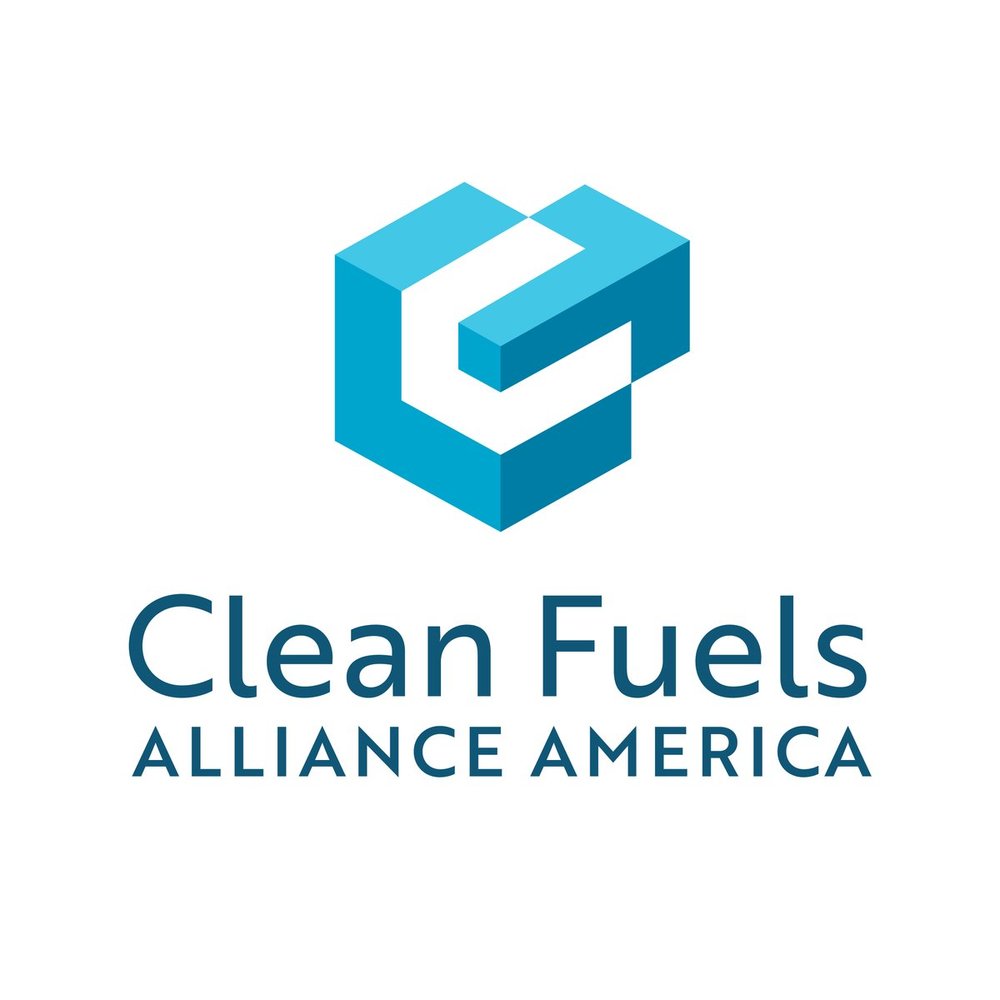







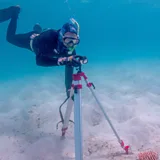
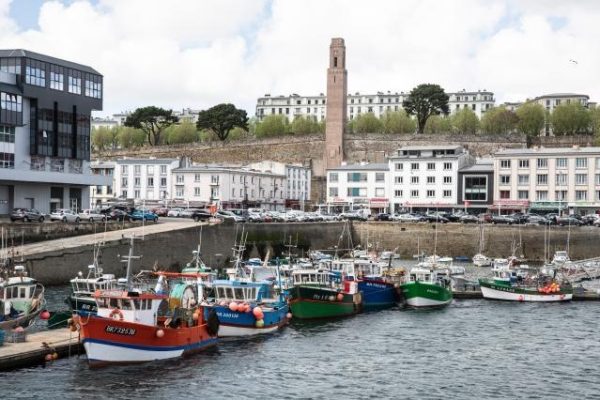








.jpg.webp?itok=0ZsAnae9#)


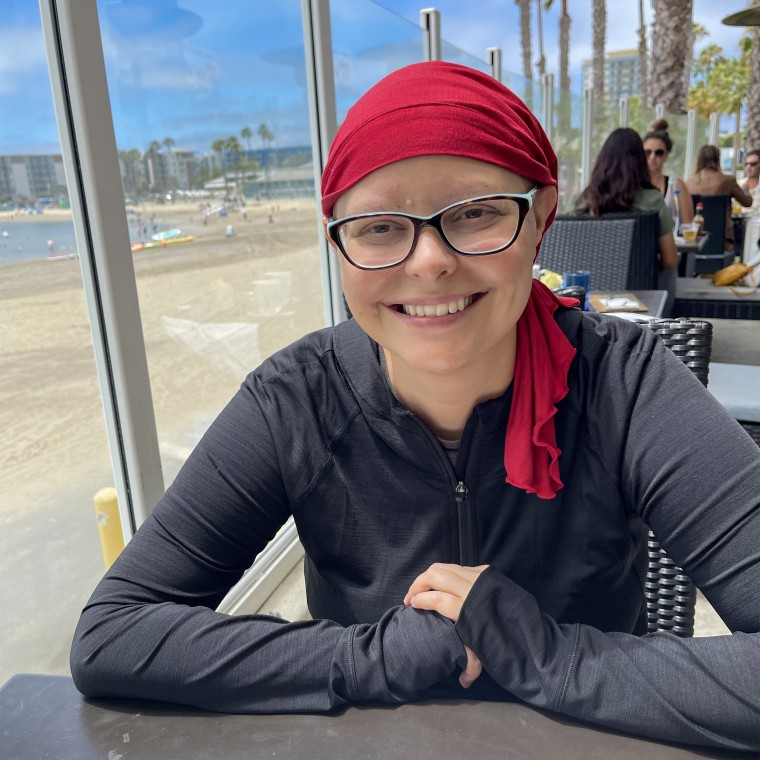

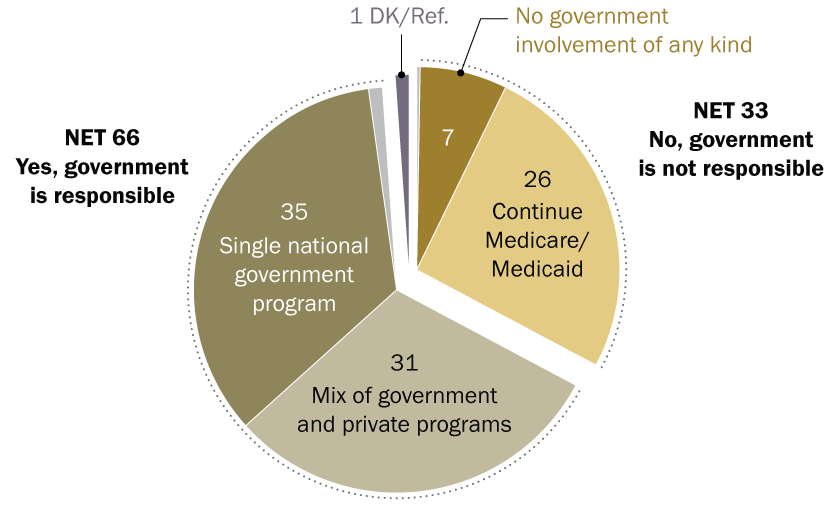

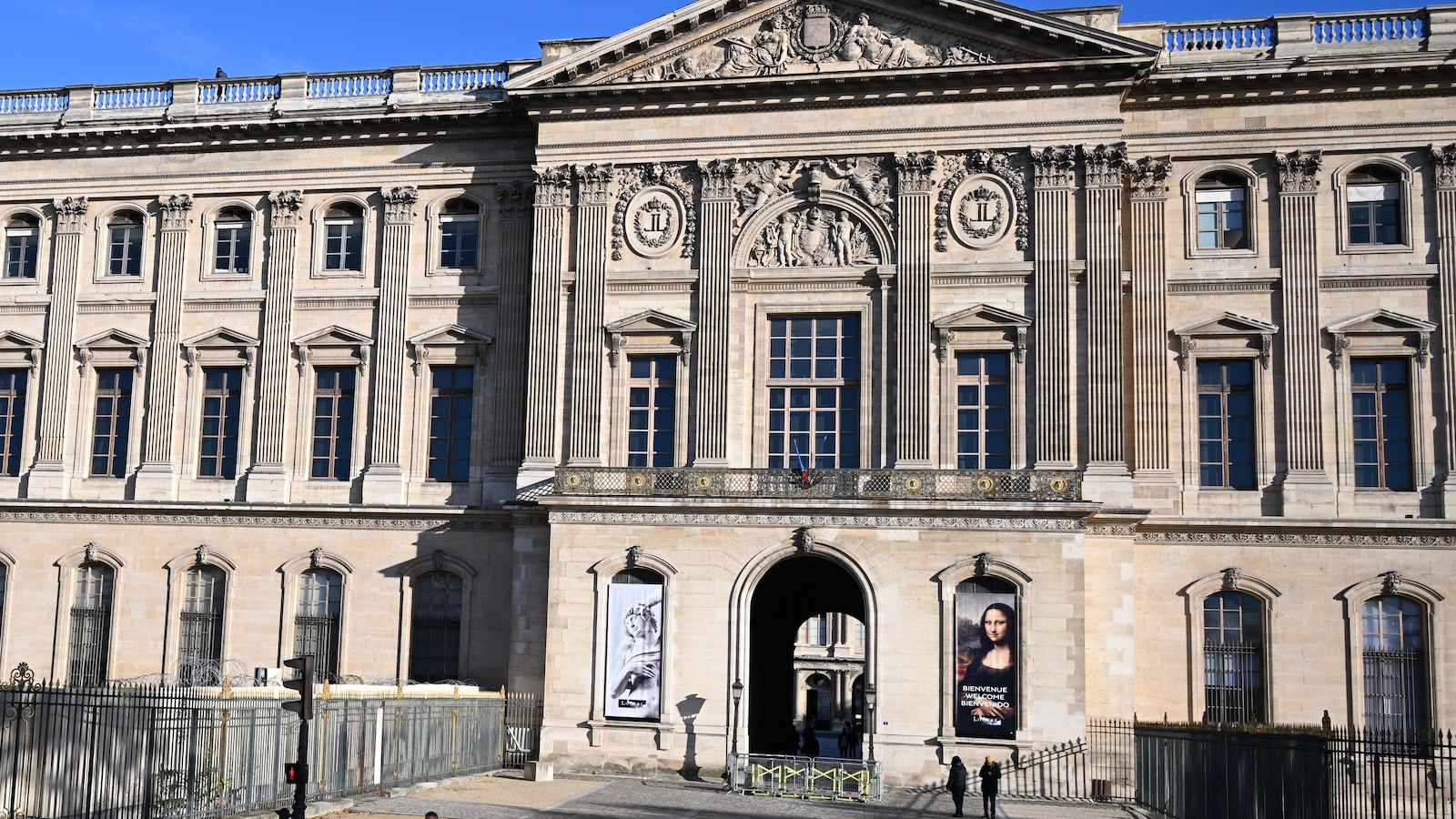
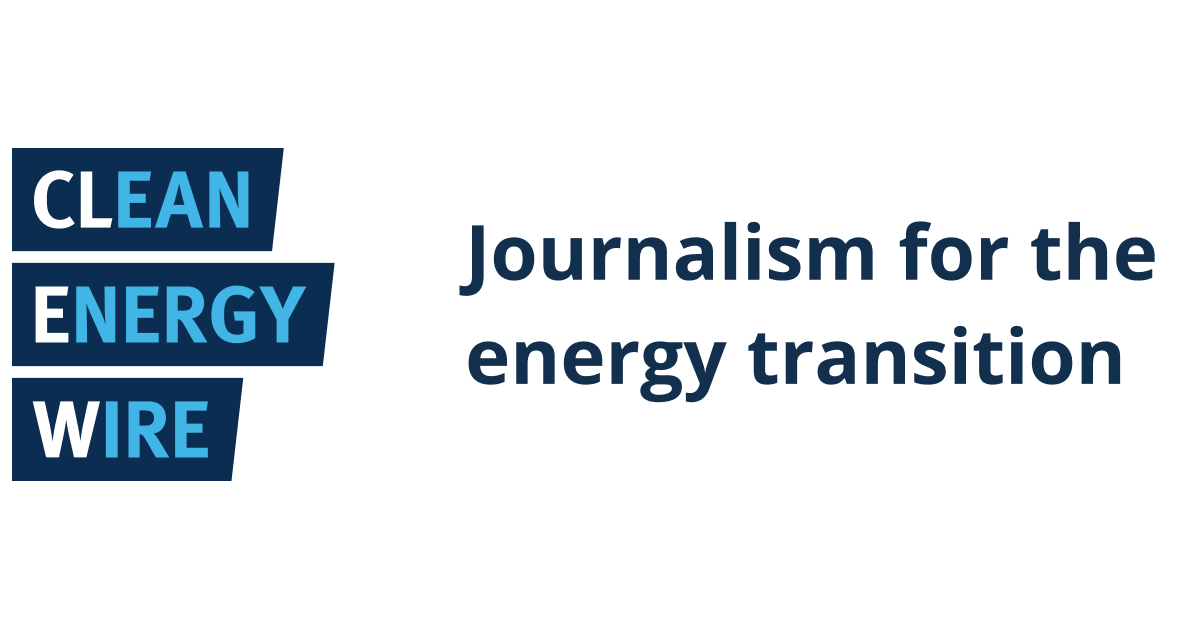







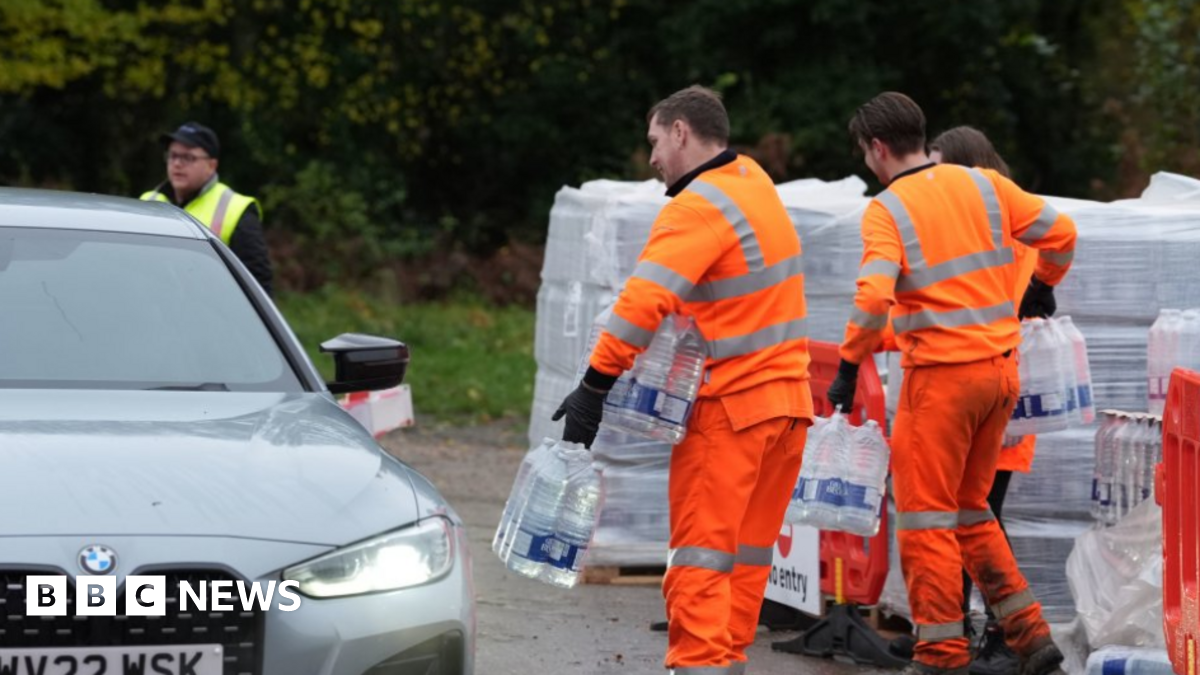
.jpg?#)










